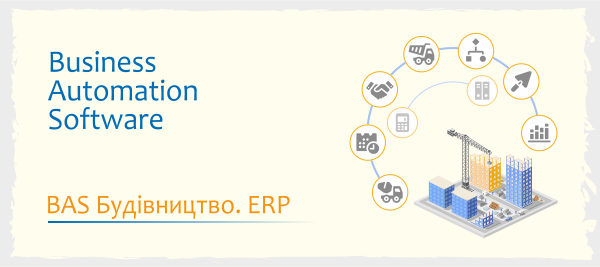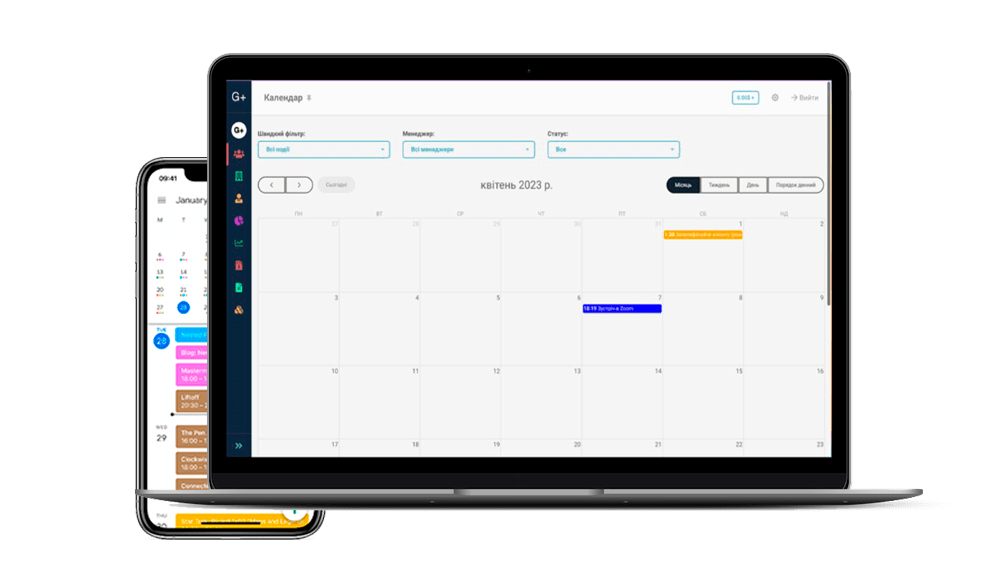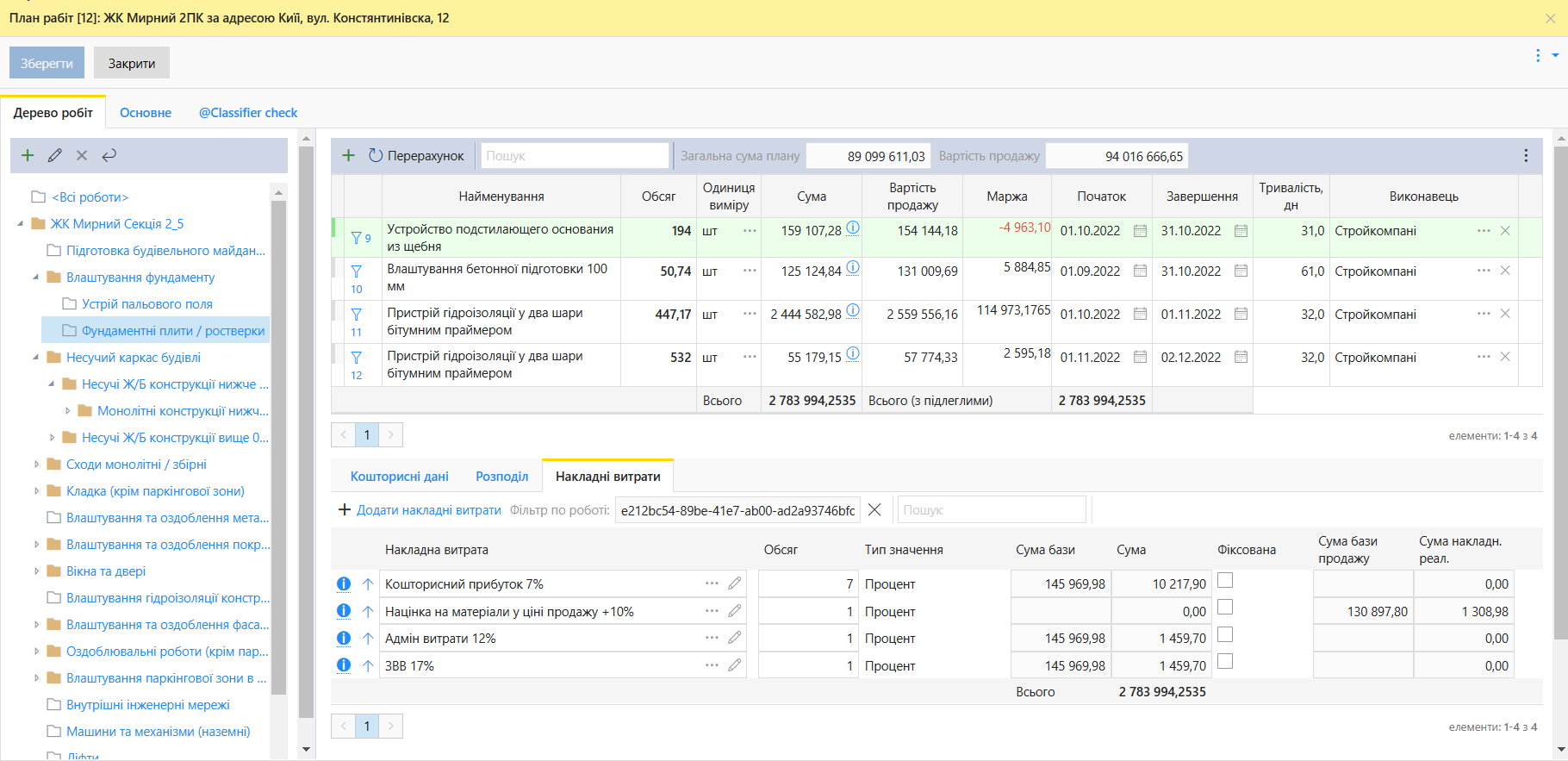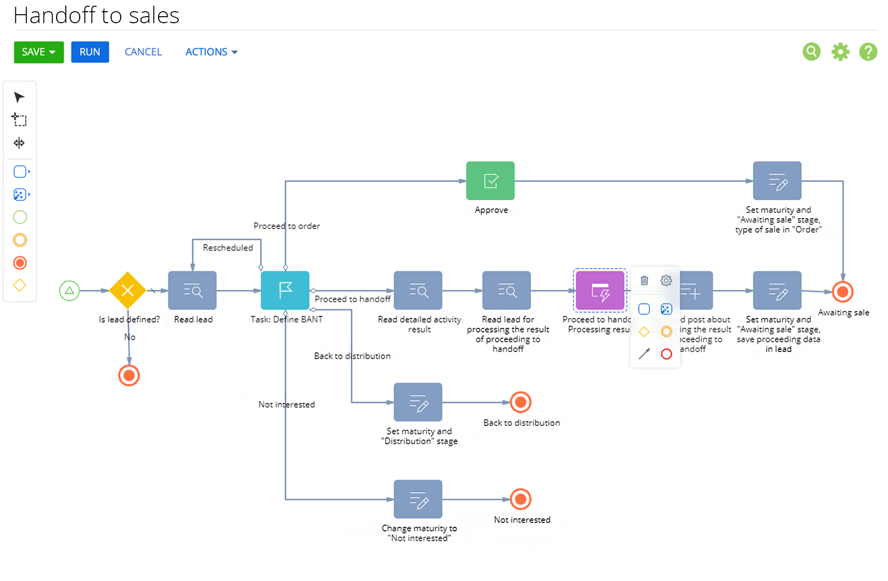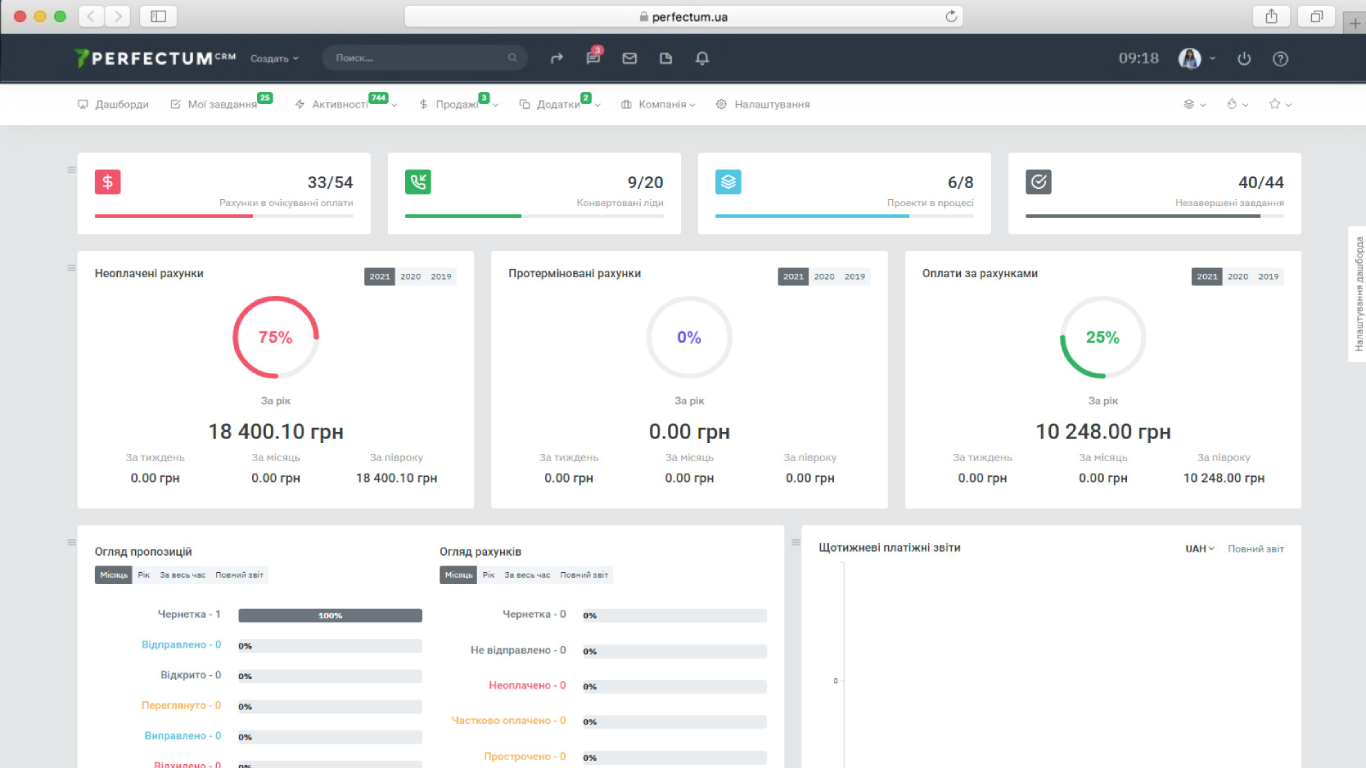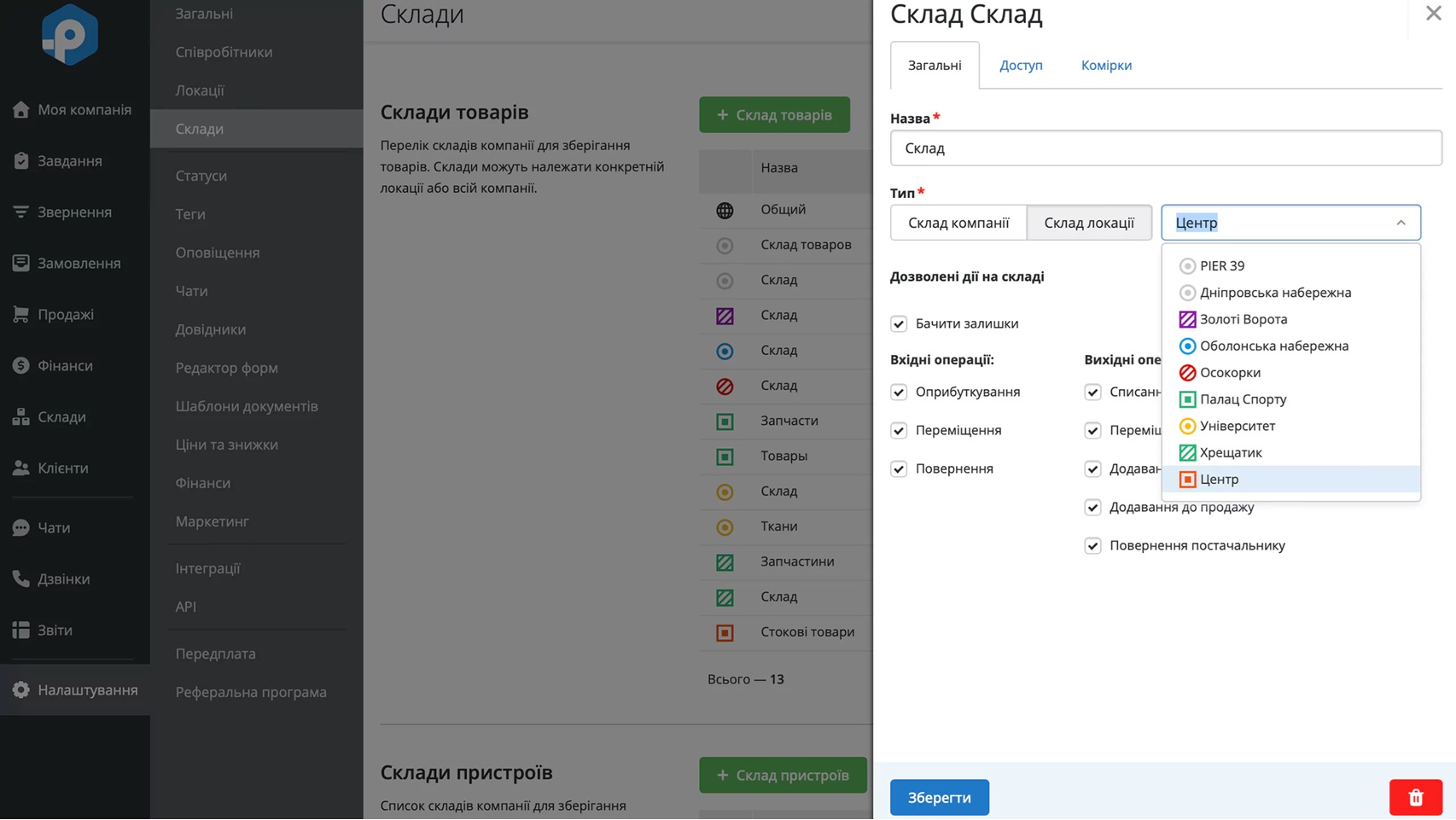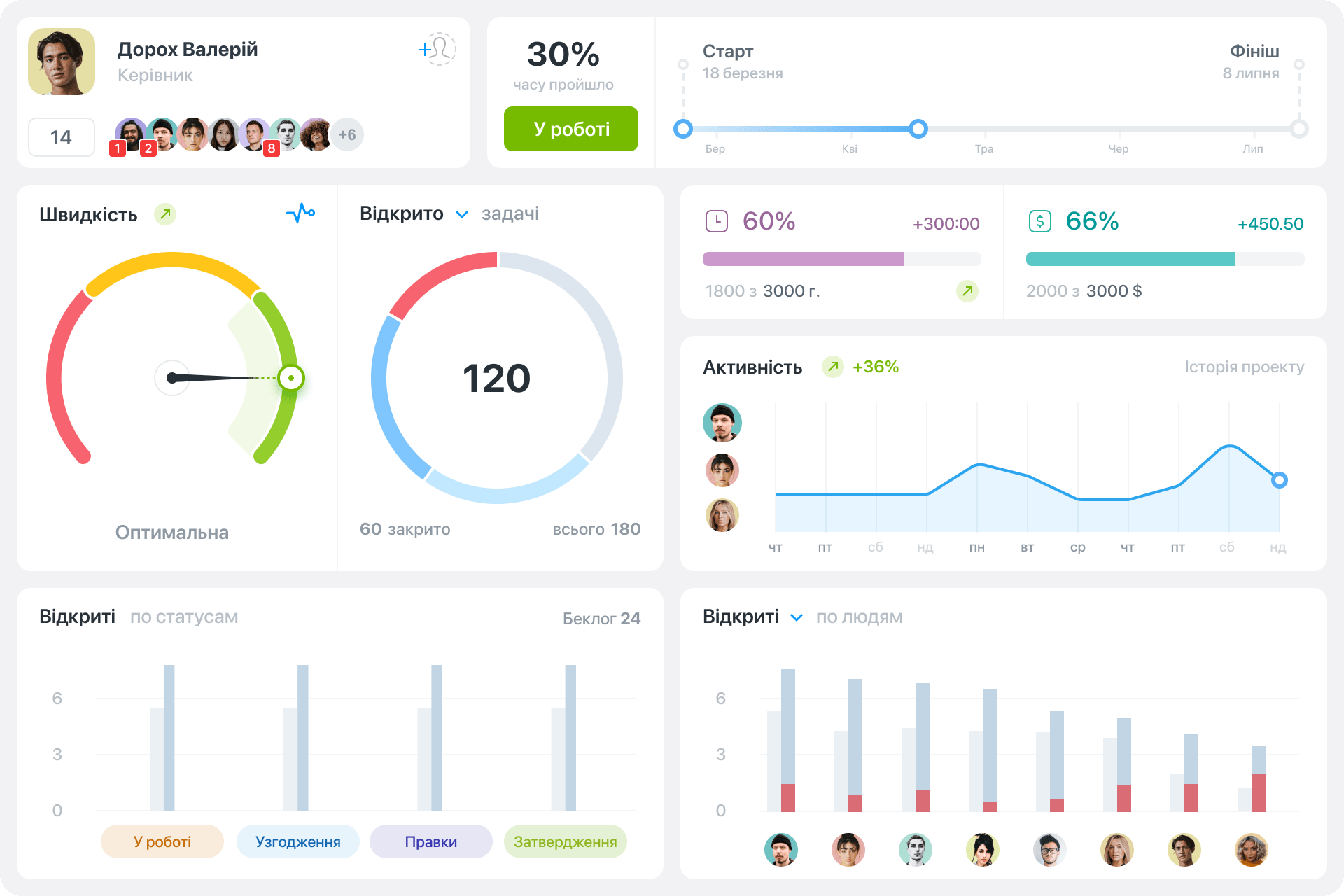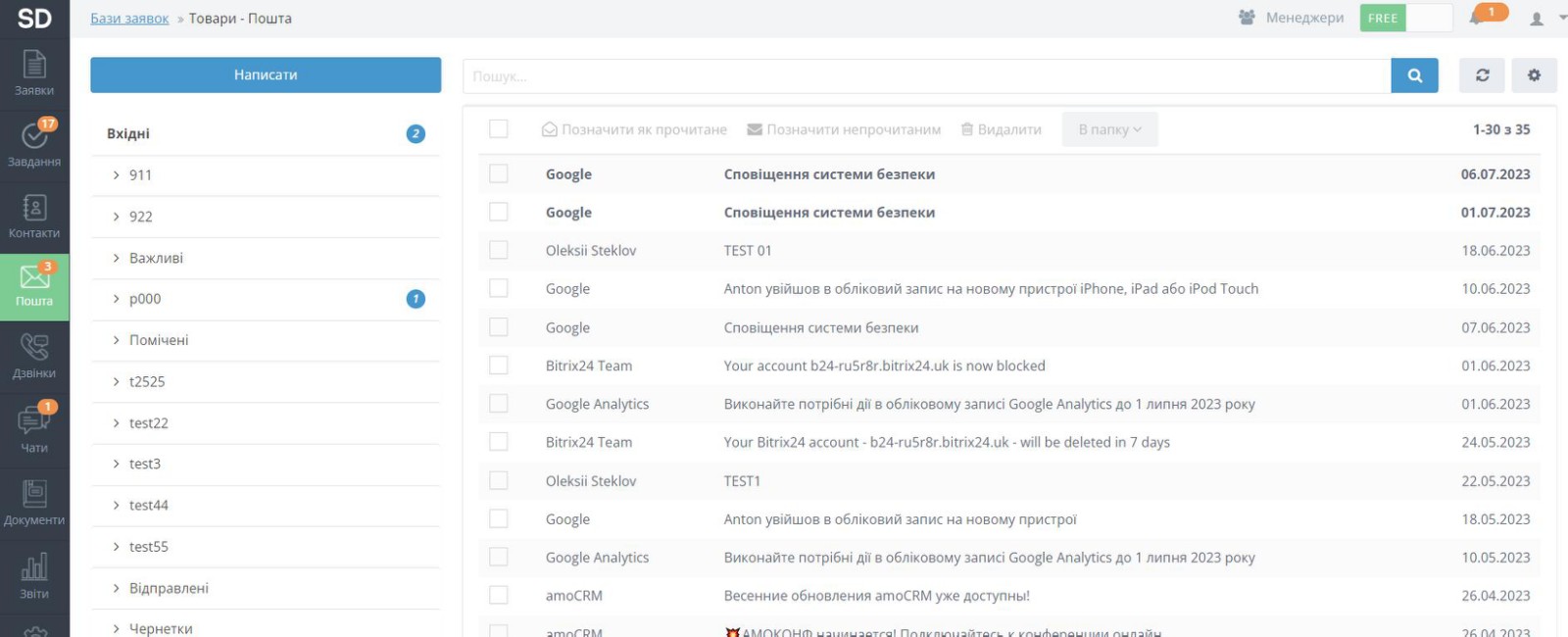Digital Transformation of Construction in Ukraine — From Necessity to Strategic Advantage
The Ukrainian construction sector, despite unprecedented challenges, is experiencing a period of dynamic transformation. The volume of completed construction work in 2025 demonstrates steady growth, which, according to some estimates, reaches 23%. This process is driven not only by the implementation of new commercial and residential projects but also by the critically important mission of rebuilding the country. However, today we’re not just talking about restoration; we’re talking about a fundamental reconstruction of the industry on new principles — efficiency, transparency, and technological advancement.
Traditional management methods that rely on paper-based document flow, scattered spreadsheets, and manual control have exhausted themselves. They are unable to cope with the rising cost of materials, which has doubled from 2019 to 2025, complex project logistics, and unprecedented accountability requirements. Under these conditions, specialized CRM (Customer Relationship Management) and ERP (Enterprise Resource Planning) systems cease to be an optional tool and transform into the central nervous system of a modern construction company. This is no longer a luxury, but a key strategic asset for survival and development.
The key catalyst for this transition has been the full-scale implementation of the Unified State Electronic System in Construction (USESC). This state initiative is not just another regulatory update. It’s a market evolutionary pressure that forces companies to transition to digital rails to maintain legality and operational capability. The implementation of USESC fundamentally changes the paradigm of software selection: the question “What functions do I need?” gives way to the question “What functions do I need for legal and effective operation?”. Statistics confirm the irreversibility of the trend: in just the first three months of 2025, over 13.3 thousand construction services were provided through the Diia portal, which is 36% more than in the same period last year. Each process participant now bears personal responsibility, certifying documents with a personal electronic signature (qualified electronic signature), making integration with state digital services mandatory.
This report offers a comprehensive expert analysis of ten leading CRM/ERP solutions available in the Ukrainian market. We will detail their functionality, assess their suitability for different types of companies — from large developers to highly specialized contractors, analyze their compliance with Ukrainian standards such as DBN and DSTU, and provide a practical foundation for making an informed decision.

